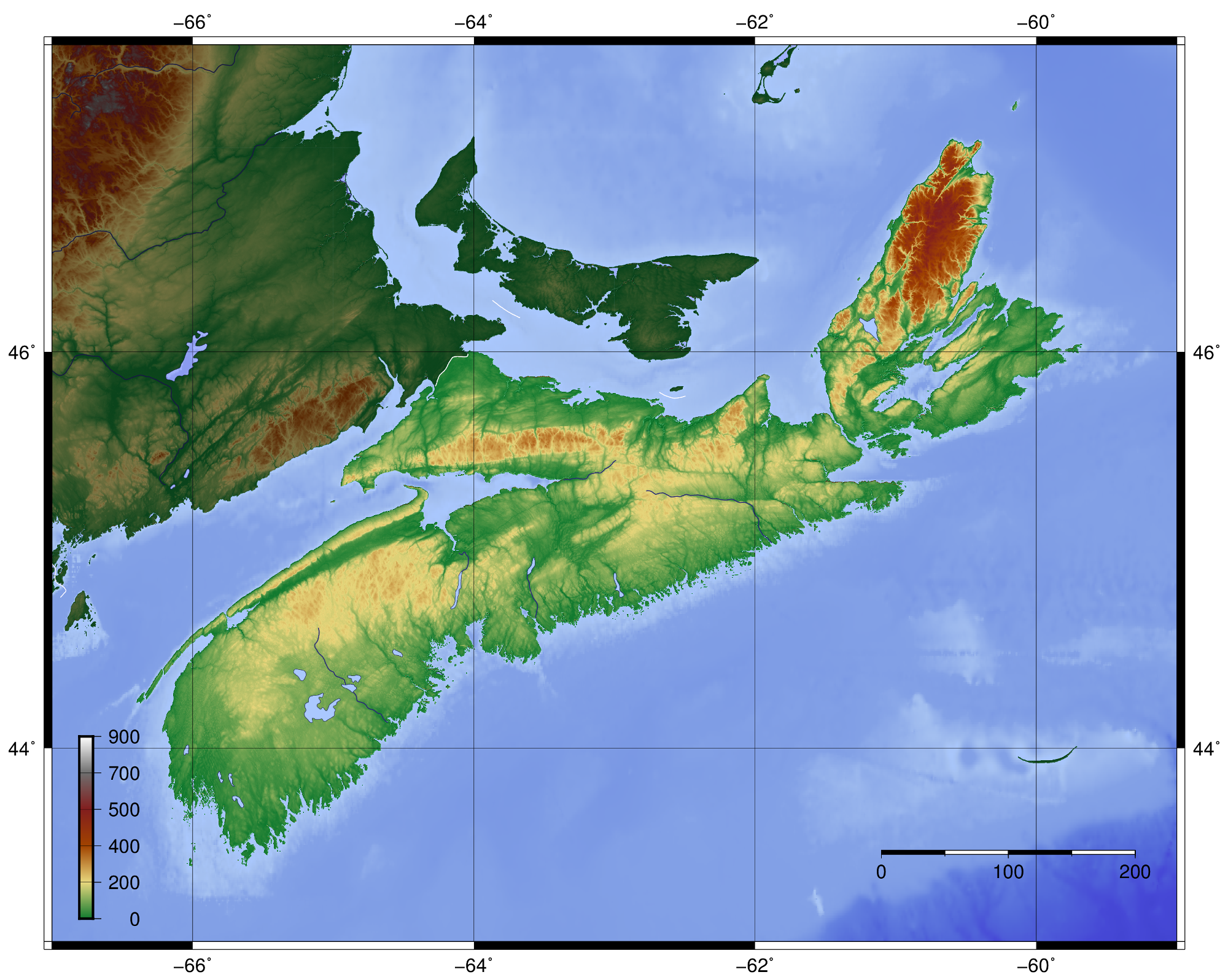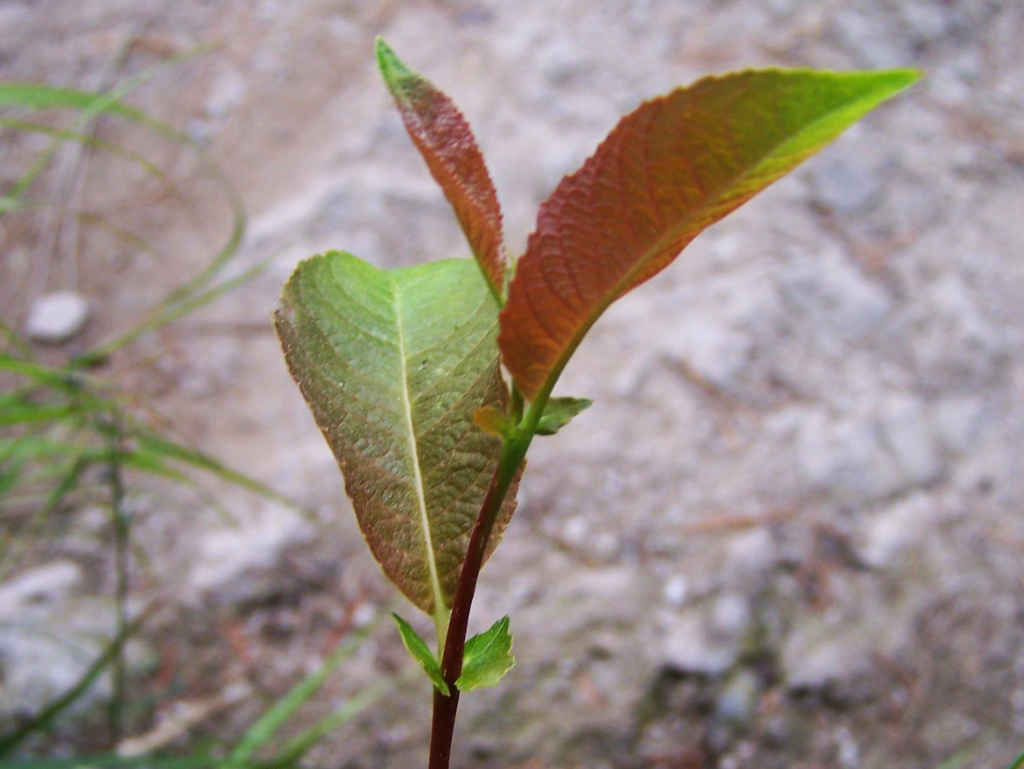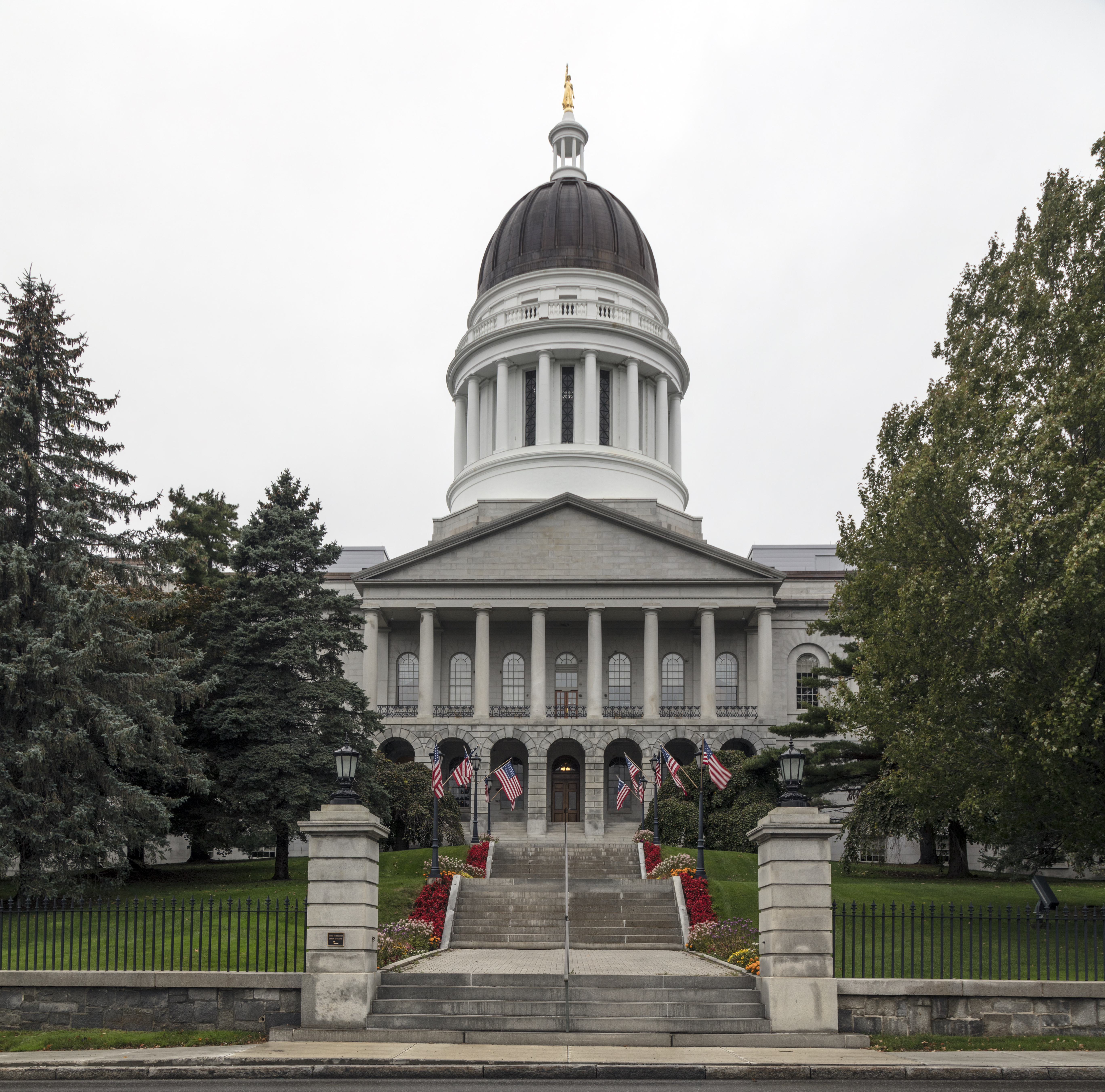|
Stigmella Fuscotibiella
''Stigmella fuscotibiella'' is a moth of the family Nepticulidae. It is found in North America in Ohio, Pennsylvania, Kentucky, Colorado, Maine, Massachusetts, Ontario and Nova Scotia. The wingspan is 4-4.5 mm. There are at least three generations per year and larvae may be collected from June until the end of October. The larvae feed on ''Salix Willows, also called sallows and osiers, from the genus ''Salix'', comprise around 400 speciesMabberley, D.J. 1997. The Plant Book, Cambridge University Press #2: Cambridge. of typically deciduous trees and shrubs, found primarily on moist s ...'' species, including '' S. nigra'' and '' S. discolor''. They mine the leaves of their host plant. External linksNepticulidae of North America [...More Info...] [...Related Items...] OR: [Wikipedia] [Google] [Baidu] |
James Brackenridge Clemens
James Brackenridge Clemens (31 January 1825, in Wheeling, West Virginia – 11 January 1867, in Easton, Pennsylvania) was an American entomologist who specialized in Lepidoptera. He described many new species. His collection of microlepidoptera is in the Academy of Natural Sciences of Philadelphia The Academy of Natural Sciences of Drexel University, formerly the Academy of Natural Sciences of Philadelphia, is the oldest natural science research institution and museum in the Americas. It was founded in 1812, by many of the leading natu .... Works *1859 "Synopsis of the North American Sphingides" ''Journal of the Academy of Natural Sciences Philadelphia'' 4 (2): 97-190 *1859-1861 "Contributions to American Lepidopterology 1-7" ''Proceedings of the Entomological Society of Philadelphia'' *1863 "American Micro-Lepidoptera" ''Proceedings of the Entomological Society of Philadelphia'' 2(1):4–14. *1864 "North American Microlepidoptera" ''Proceedings of the Entomological Society ... [...More Info...] [...Related Items...] OR: [Wikipedia] [Google] [Baidu] |
Nova Scotia
Nova Scotia ( ; ; ) is one of the thirteen provinces and territories of Canada. It is one of the three Maritime provinces and one of the four Atlantic provinces. Nova Scotia is Latin for "New Scotland". Most of the population are native English-speakers, and the province's population is 969,383 according to the 2021 Census. It is the most populous of Canada's Atlantic provinces. It is the country's second-most densely populated province and second-smallest province by area, both after Prince Edward Island. Its area of includes Cape Breton Island and 3,800 other coastal islands. The Nova Scotia peninsula is connected to the rest of North America by the Isthmus of Chignecto, on which the province's land border with New Brunswick is located. The province borders the Bay of Fundy and Gulf of Maine to the west and the Atlantic Ocean to the south and east, and is separated from Prince Edward Island and the island of Newfoundland (island), Newfoundland by the Northumberland Stra ... [...More Info...] [...Related Items...] OR: [Wikipedia] [Google] [Baidu] |
Leafminer
A leaf miner is any one of numerous species of insects in which the larval stage lives in, and eats, the leaf tissue of plants. The vast majority of leaf-mining insects are moths ( Lepidoptera), sawflies (Symphyta, the mother clade of wasps), and flies ( Diptera). Some beetles also exhibit this behavior. Like woodboring beetles, leaf miners are protected from many predators and plant defenses by feeding within the tissues of the leaves, selectively eating only the layers that have the least amount of cellulose. When attacking ''Quercus robur'' (English oak), they also selectively feed on tissues containing lower levels of tannin, a deterrent chemical produced in great abundance by the tree. The pattern of the feeding tunnel and the layer of the leaf being mined is often diagnostic of the insect responsible, sometimes even to species level. The mine often contains frass, or droppings, and the pattern of frass deposition, mine shape, and host plant identity are useful to det ... [...More Info...] [...Related Items...] OR: [Wikipedia] [Google] [Baidu] |
Salix Discolor
''Salix discolor'', the American pussy willow or glaucous willow, is a species of willow native to North America, one of two species commonly called pussy willow. It is native to the vast reaches of Alaska as well as the northern forests and wetlands of Canada (British Columbia east to Newfoundland), and is also found in the northern portions of the contiguous United States (Idaho east to Maine, and south to Maryland).Plants of British Columbia''Salix discolor''/ref>Borealforests/ref> It is a weak-wooded deciduous shrub or small tree growing to tall, with brown shoots. The leaves are oval, 3–14 cm long and 1–3.5 cm broad, green above and downy grey-white beneath. The flowers are soft silky silvery catkins, borne in early spring before the new leaves appear, with the male and female catkins on different plants (dioecious); the male catkins mature yellow at pollen release. The fruit is a small capsule 7–12 mm long containing numerous minute seeds embedd ... [...More Info...] [...Related Items...] OR: [Wikipedia] [Google] [Baidu] |
Salix Nigra
''Salix nigra'', the black willow, is a species of willow native to eastern North America, from New Brunswick and southern Ontario west to Minnesota, and south to northern Florida and Texas. Description ''Salix nigra'' is a medium-sized deciduous tree, the largest North American species of willow, growing to tall, exceptionally up to , with a trunk diameter. The bark is dark brown to blackish, becoming fissured in older trees, and frequently forking near the base.Peattie, Donald Culross. Trees You Want to Know. Whitman Publishing Company, Racine, Wisconsin, 1934 The shoots are slender and variable in color from green to brown, yellow or purplish; they are (like the related European '' Salix fragilis'') brittle at the base, snapping evenly at the branch junction if bent sharply. The foliage buds are long, with a single, pointed reddish-brown bud scale. The leaves are alternate, long, thin, long and broad, usually somewhat falcate, dark, shiny green on both sides or with a ... [...More Info...] [...Related Items...] OR: [Wikipedia] [Google] [Baidu] |
Salix
Willows, also called sallows and osiers, from the genus ''Salix'', comprise around 400 speciesMabberley, D.J. 1997. The Plant Book, Cambridge University Press #2: Cambridge. of typically deciduous trees and shrubs, found primarily on moist soils in cold and temperate regions. Most species are known as willow, but some narrow-leaved shrub species are called osier, and some broader-leaved species are referred to as sallow (from Old English ''sealh'', related to the Latin word ''salix'', willow). Some willows (particularly arctic and alpine species) are low-growing or creeping shrubs; for example, the dwarf willow (''Salix herbacea'') rarely exceeds in height, though it spreads widely across the ground. Description Willows all have abundant watery bark sap, which is heavily charged with salicylic acid, soft, usually pliant, tough wood, slender branches, and large, fibrous, often stoloniferous roots. The roots are remarkable for their toughness, size, and tenacity to live ... [...More Info...] [...Related Items...] OR: [Wikipedia] [Google] [Baidu] |
Wingspan
The wingspan (or just span) of a bird or an airplane is the distance from one wingtip to the other wingtip. For example, the Boeing 777–200 has a wingspan of , and a wandering albatross (''Diomedea exulans'') caught in 1965 had a wingspan of , the official record for a living bird. The term wingspan, more technically extent, is also used for other winged animals such as pterosaurs, bats, insects, etc., and other aircraft such as ornithopters. In humans, the term wingspan also refers to the arm span, which is distance between the length from one end of an individual's arms (measured at the fingertips) to the other when raised parallel to the ground at shoulder height at a 90º angle. Former professional basketball player Manute Bol stood at and owned one of the largest wingspans at . Wingspan of aircraft The wingspan of an aircraft is always measured in a straight line, from wingtip to wingtip, independently of wing shape or sweep. Implications for aircraft design an ... [...More Info...] [...Related Items...] OR: [Wikipedia] [Google] [Baidu] |
Stigmella Fuscotibiella Mine
''Stigmella'' is a genus name that may refer to: * ''Stigmella'' (moth), a genus of moths in the family Nepticulidae * ''Stigmella'' (fungus), a plant pathogenic ascomycete Ascomycota is a phylum of the kingdom Fungi that, together with the Basidiomycota, forms the subkingdom Dikarya. Its members are commonly known as the sac fungi or ascomycetes. It is the largest phylum of Fungi, with over 64,000 species. The d ... fungi genus of uncertain affiliation (e.g. '' Stigmella platani-racemosae'') {{Genus disambiguation ... [...More Info...] [...Related Items...] OR: [Wikipedia] [Google] [Baidu] |
Ontario
Ontario ( ; ) is one of the thirteen provinces and territories of Canada.Ontario is located in the geographic eastern half of Canada, but it has historically and politically been considered to be part of Central Canada. Located in Central Canada, it is Canada's most populous province, with 38.3 percent of the country's population, and is the second-largest province by total area (after Quebec). Ontario is Canada's fourth-largest jurisdiction in total area when the territories of the Northwest Territories and Nunavut are included. It is home to the nation's capital city, Ottawa, and the nation's most populous city, Toronto, which is Ontario's provincial capital. Ontario is bordered by the province of Manitoba to the west, Hudson Bay and James Bay to the north, and Quebec to the east and northeast, and to the south by the U.S. states of (from west to east) Minnesota, Michigan, Ohio, Pennsylvania, and New York. Almost all of Ontario's border with the United States f ... [...More Info...] [...Related Items...] OR: [Wikipedia] [Google] [Baidu] |
Moth
Moths are a paraphyletic group of insects that includes all members of the order Lepidoptera that are not butterflies, with moths making up the vast majority of the order. There are thought to be approximately 160,000 species of moth, many of which have yet to be described. Most species of moth are nocturnal, but there are also crepuscular and diurnal species. Differences between butterflies and moths While the butterflies form a monophyletic group, the moths, comprising the rest of the Lepidoptera, do not. Many attempts have been made to group the superfamilies of the Lepidoptera into natural groups, most of which fail because one of the two groups is not monophyletic: Microlepidoptera and Macrolepidoptera, Heterocera and Rhopalocera, Jugatae and Frenatae, Monotrysia and Ditrysia.Scoble, MJ 1995. The Lepidoptera: Form, function and diversity. Oxford, UK: Oxford University Press; 404 p. Although the rules for distinguishing moths from butterflies are not well est ... [...More Info...] [...Related Items...] OR: [Wikipedia] [Google] [Baidu] |
Massachusetts
Massachusetts (Massachusett language, Massachusett: ''Muhsachuweesut [Massachusett writing systems, məhswatʃəwiːsət],'' English: , ), officially the Commonwealth of Massachusetts, is the most populous U.S. state, state in the New England region of the Northeastern United States. It borders on the Atlantic Ocean and Gulf of Maine to the east, Connecticut and Rhode Island to the south, New Hampshire and Vermont to the north, and New York (state), New York to the west. The state's capital and List of municipalities in Massachusetts, most populous city, as well as its cultural and financial center, is Boston. Massachusetts is also home to the urban area, urban core of Greater Boston, the largest metropolitan area in New England and a region profoundly influential upon American History of the United States, history, academia, and the Economy of the United States, research economy. Originally dependent on agriculture, fishing, and trade. Massachusetts was transformed into a manuf ... [...More Info...] [...Related Items...] OR: [Wikipedia] [Google] [Baidu] |
Maine
Maine () is a U.S. state, state in the New England and Northeastern United States, Northeastern regions of the United States. It borders New Hampshire to the west, the Gulf of Maine to the southeast, and the Provinces and territories of Canada, Canadian provinces of New Brunswick and Quebec to the northeast and northwest, respectively. The largest state by total area in New England, Maine is the List of U.S. states and territories by area, 12th-smallest by area, the List of U.S. states and territories by population, 9th-least populous, the List of U.S. states by population density, 13th-least densely populated, and the most rural of the List of states and territories of the United States, 50 U.S. states. It is also the northeastern United States, northeasternmost among the contiguous United States, the northernmost state east of the Great Lakes, the only state whose name consists of a single syllable, and the only state to border exactly one other U.S. state. Approximately half ... [...More Info...] [...Related Items...] OR: [Wikipedia] [Google] [Baidu] |






